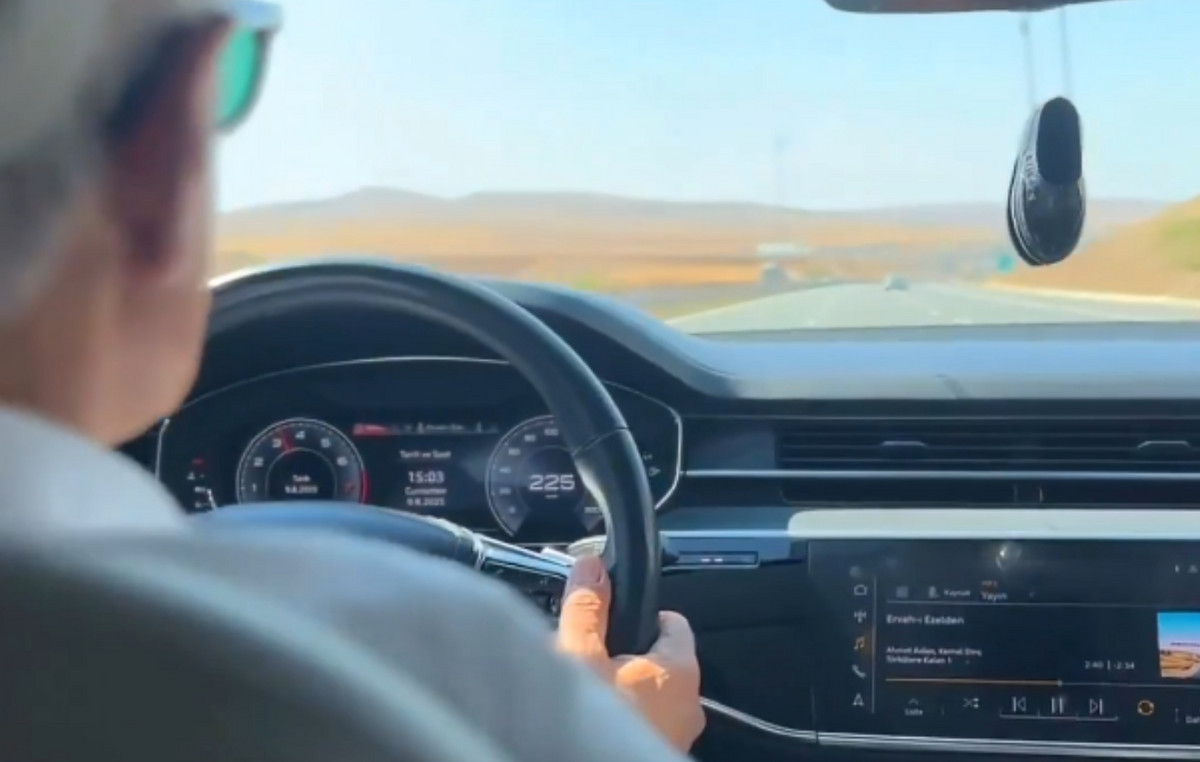O total solar eclipse which will take place next Monday (8), will be a unique opportunity for astronomers to study the Sun's outermost atmosphere, called solar corona . Therefore, NASA (United States Space Agency) will produce a “megafilm” to capture images of this region that is only visible during the phenomenon.
Called “Eclipse Megamovie “, the project will bring together hundreds of volunteers who will use DSLR cameras to record changes in the solar corona during the eclipse. This is a rarely seen region of the Sun and is of interest to astronomers because it is extremely hot — its temperature reaches up to two million degrees Kelvin. Despite this, the crown does not produce or reflect much light. Therefore, it is only visible during a total solar eclipse.
However, as the solar eclipse is an event that lasts a few minutes, it will not be possible to analyze in depth the changes in the Sun's corona. Therefore, NASA intends, with the project, to have more than 90 minutes of images to carry out the analysis scientific. To achieve this feat, photographers will be positioned along the entire eclipse path.
According to NASA, more than 70 people were selected to be positioned along the route of the phenomenon in the United States and Mexico, who will have tracking support provided by the company. Another 80 volunteer photographers, with their own DSLR cameras and tracking stands, will also participate in the project.
The work will also involve 35 teams following the eclipse path from Texas to Maine to capture the corona in polarized light. In the end, the project will combine all the images into “films” to reveal the crown’s activities.
“Citizen scientists are the perfect volunteers for this type of research,” said Laura Peticolas of Sonoma State University, in California, project leader. “They are coming with their own cameras. They are coming with experience in how to use these cameras. They are coming with enthusiasm. And with this group of incredible volunteers, we will obtain a data set that is literally impossible to obtain any other way.”
The project is also looking for volunteers with experience in databases, Python coding and machine learning to help process the images and reveal changes in the corona.
This is not the only project that astronomers are preparing to study the Sun's corona. ESA (European Space Agency) will also begin a new mission, the Test-3 , to simulate a solar eclipse with the help of two satellites. The objective is to make this “artificial solar eclipse” make the solar corona visible for a more in-depth study of its characteristics.
Find out more about “Eclipse Megamovie“, from NASA, in the video (in English):
Understand how a solar eclipse happens and how to follow it
A solar eclipse happens when the Moon is positioned between the Sun and the Earth, preventing light from reaching some points on our planet. Being in a place where it is total, it is possible to see the Moon blocking almost all the Sun's rays, making the day as dark as the night.
The eclipse that will take place next Monday (8) is a total solar eclipse , visible only in a small area of the Earth, when the person is in the center of the Moon's shadow, when it hits the Earth. For a total eclipse to occur, the Sun, Moon and Earth must be completely aligned.
In Brazil, he cannot be seen. However, NASA (United States Space Agency) will make several broadcasts available for the whole world to follow the event. The phenomenon will begin at 4pm (Brasília time) off the coast of Mexico, and will end at 5pm (Brasília time) on the Atlantic coast of Canada. See which lives will be available .
Source: CNN Brasil
Charles Grill is a tech-savvy writer with over 3 years of experience in the field. He writes on a variety of technology-related topics and has a strong focus on the latest advancements in the industry. He is connected with several online news websites and is currently contributing to a technology-focused platform.







